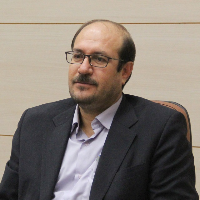Site Selection of Safe Multi-Purpose Urban Spaces in Times of Crisis by Using the Weighted Overlap Index Method; Case Study: Tabas City
One of the most important issues that is always in the attention of organizations responsible for crisis management is choosing a suitable place for the temporary accommodation of populations affected by disasters. Due to the fact that Iran is located on one of the two earthquake-prone belts in the world and the existence of many faults, the occurrence of earthquakes in the plateau of Iran is a natural thing. So that the earthquake of 1357 caused the damage and destruction of Tabas city and most of its neighboring villages. Therefore, the purpose of this research is to evaluate the spatial-spatial indicators for creating multi-purpose bases and to specify suitable areas in Tabas city. The required data were collected in the framework of the descriptive-analytical research method from the library method and by referring to the relevant sources and organizations. In this regard, 16 indicators were measured based on efficiency, compatibility and safety criteria using the Analytical Hierarchy Process (AHP) and then the most appropriate locations were identified through weighted overlapping layers and applying these coefficients in the GIS software environment. The results showed that 0.78% of the city's area is in very good condition, 43.59% is in good condition, 48.06% is in bad condition and 7.57% of land is in very bad condition to create a crisis management base.
-
A Multi-Stakeholder Perspective on Tourism Development in Historic Urban Districts: The Case of Yazd, Iran
Taha Rabbani *, Mohamadreza Rezaie, Hasan Oroji
journal of urban tourism, -
Bibliometric analysis and literature review of sponge city as an emerging concept in sustainable urban water management
Mahboobeh Noori, Mohammadreza Rezaei *, Ebrahaim Asgari
Urban Planning Knowledge,


